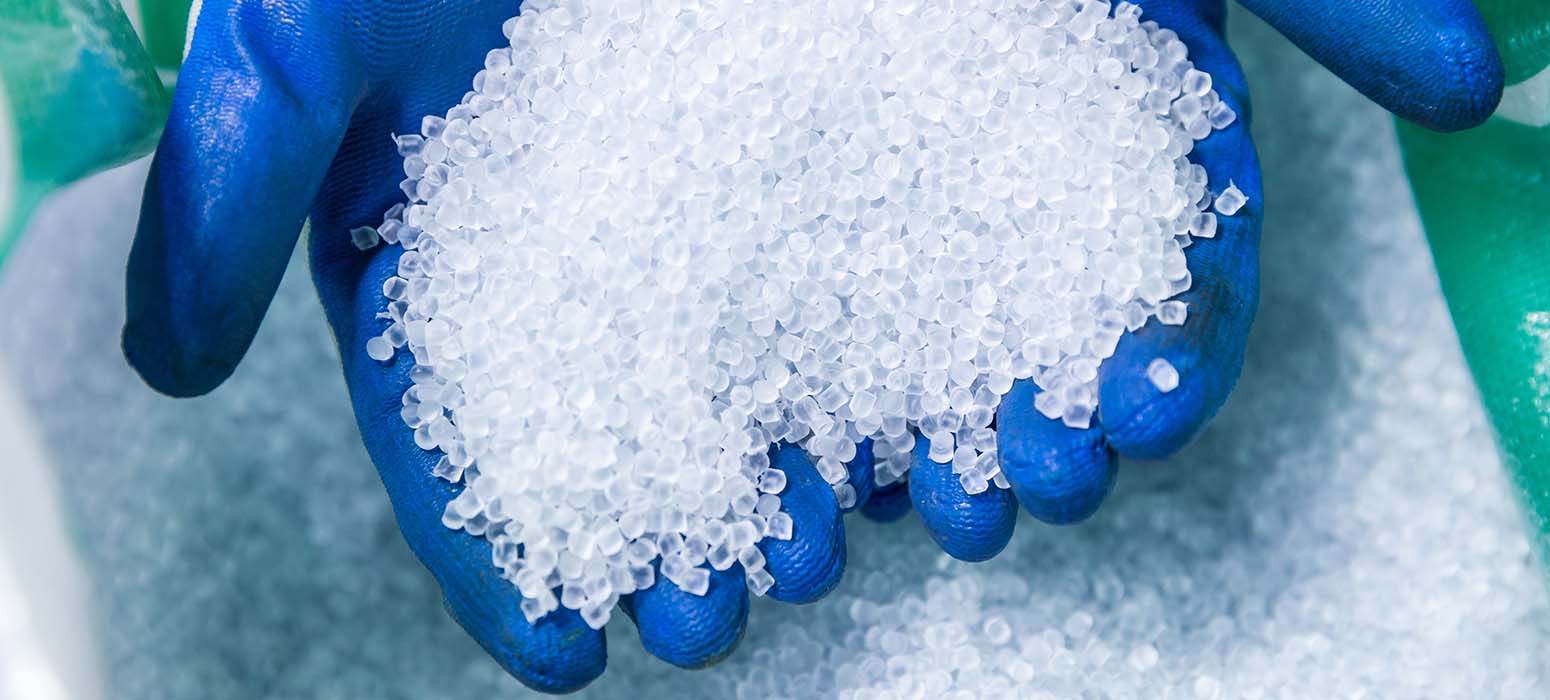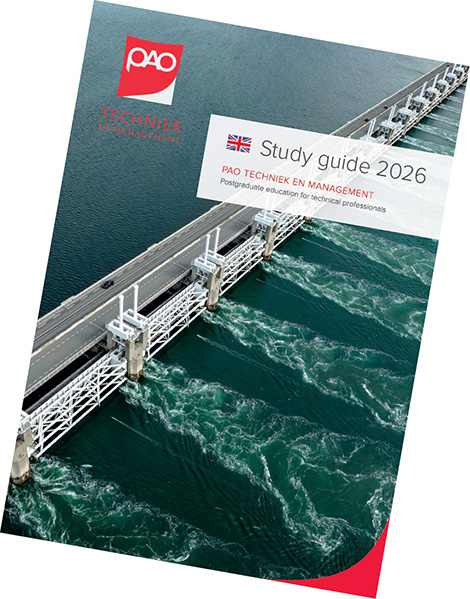Chemical Engineering – Solids Handling
Get an overview of crystallization and liquid-solid separation mechanisms, separation types and their optimization. With the latest developments for design and application.

Sedimentation and drying
In industry a lot of equipment is used for settling, sedimentation, and centrifugal separation operations. During these processes the forces acting on the particles can be used to separate and classify solids of different particle sizes.
In (food-)industry the process of freeze-drying and of sterilization are used in biological applications. The thermal process time for sterilization makes use of death-rate kinetics. Almost all chemical and food industries make use of crystallization and particle size reduction is often required.
To develop a fundamental understanding of crystallization and fluid-solid separation engineering: this goal will be achieved by solving crystallization and fluid-solid separation engineering problems trough reasoning.
Insight and knowledge of processing solids
The following topics are discussed:
- Explain why settling and sedimentation processes are different from filtration and provide examples of applications for settling, sedimentation, and centrifugal separation processes.
- Calculate the terminal velocity and drag coefficient for a single falling particle in different flow regimes
- Explain the overall process of drying and provide examples of industrial applications and list different types of drying equipment and explain how they work.
- Calculate the humidity (moisture content) of an air-water vapor using vapor-pressure data, a humidity chart, and the wet bulb temperature.
- Describe how crystallization is a solid–liquid separation process and the different methods by which particle size reduction may occur.
- Calculate the energy and power associated with particle size reduction.
- Identify the seven classes of crystals in terms of axes and angles.
- Describe how heat and energy can affect the crystallization process and lead to different types of crystallizers used in industry.
- Calculate crystal growth rates and growth coefficients and the yield from a crystallization process.
During the course:
- An overview of different crystallization and fluid-solid separation mechanism is offered;
- A diverse series of crystallization and fluid-solid separation types is treated;
- Optimization of crystallization and fluid-solid separation types is allocated;
- The newest developments on crystallization and fluid-solid separation design and application will be dealt with.
After the course:
- You understand the influence of a good crystallization and fluid-solid separation design on the products and the separation;
- You know what the important factors are that influence the process;
- You have an over view of available types of separation processes;
- You can optimize existing processes.
Intended for
The course is meant for engineers, technologists, designers with a chemical, process, technological or mechanical background on bachelor or master level.
Within the program you can take six other courses. View them all on the page Chemical Engineering.
Course leader
drs. ir. Johan Krop
PAOTM is rated with an average of
Program manager
Why PAOTM
-
The latest post-academic knowledge and skills
-
Focused on questions that arise in a technical environment
-
Interactive and directly applicable in practice
-
Top teachers from science, research and business
Frequently asked questions
Program
- Registration
- Opening
- Sedimentation Technology
- Break
- Drying Technology
- Lunch
- Crystallization Technology
- Break
- Filtration Technology
- Wrap up & course evaluation
Course leader
drs. ir. Johan Krop
PAOTM is rated with an average of
Frequently asked questions
Dates and locations
Below you will find an overview of the available dates and locations. You can register immediately by clicking on the 'Register' button.
Investment
- Price excludes 21% VAT
- Including coffee, tea, lunches and (digital) course material
Frequently asked questions
In-company
Are several employees interested in the same course, do you want to enrich knowledge with the entire team or focus on your own practice? Then an in-company course could be interesting. We are happy to think along with you about the possibilities. PAOTM has extensive experience in organizing in-company courses in many technical fields for a wide range of companies. You can choose to have an existing course organized in-company for multiple employees. However, if you have a specific organizational or departmental issue, we can also design a unique course. For every customized request, we search our network at universities, knowledge institutes and the business community for the right teachers who can provide your team with the desired knowledge. We then put together a course based on your training needs, learning needs and organizational goals.
Curious about the possibilities? Contact one of our program managers or complete the form below. We are happy to make you a suitable offer.
FAQ's
In-company request
"*" geeft vereiste velden aan
Program manager
In-company courses of PAOTM are rated with an average of
Why In-company
-
A course tailored to your specific needs
-
Get started right away with your own cases
-
Led by top teachers with the most up-to-date knowledge
-
You choose where and when: always efficient
-
The entire team trained simultaneously
-
Customization possible in all our fields
Download the Study Guide
Would you like a complete overview of all our courses and trainings? Download the digital study guide!


No start date available
No start date has been planned yet. Don't worry, you can register on our interest list. We will inform you immediately as soon as a new date is planned.
Our corporate partners
Subscribe for the newsletter
In our monthly newsletter we inform you by e-mail about courses, trainings, news and developments in the various fields of PAOTM. Select the topics of your interest!
Download the Study Guide
In addition to the course offerings, the Study Guide also contains the themes that we will further develop next year. Would you like a complete overview of our courses and training in your field(s)? Request the Study Guide and receive it digitally.










